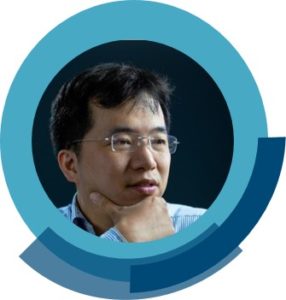On behalf of the organizing team, it is my pleasure and privilege to welcome all of you, colleagues and friends, to TERMIS-AP 2020 in Kuala Lumpur, Malaysia. The year 2020 is a special year for us as it is the first time that Malaysia is hosting a TERMIS-AP conference. The theme of TERMIS-AP 2020 is “Revolutionizing Regenerative Research Strategies Towards Precision Medicine” which could not be more apt as the healthcare and biomedical sectors are rapidly moving towards precision medicine. In this regard, we hope that the TERMIS-AP 2020 will be the platform to forge more collaborations and networking among researchers, clinicians and scientists for the advancement of tissue engineering and regenerative medicine (TERM).
In this conference, participants will gain more insights into the basic, clinical and commercialization aspects of TERM. There will be plenty of opportunities for our delegates to present their research and to meet our panel of experts for potential collaborations. Apart from that, we very much encourage young researchers and trainees to participate whereby we have dedicated sessions for Student and Young Investigator Section (SYIS). We will be sharing more details and updates on the TERMIS-AP 2020 program.
Malaysia is a multicultural country and because of this, there will be plenty of attractions to see and enjoy. It is also easily accessible and one of the top value-for-money destinations in the world. Therefore, join us at TERMIS-AP 2020, Kuala Lumpur, Malaysia from 21st – 24th September 2020 to experience both science and culture in one of the most diverse countries in Asia.
Again, we would like to invite you to participate in TERMIS-AP 2020 and also experience the warm hospitality that Malaysia has to offer.
Hope to see you in Kuala Lumpur, Malaysia!
TERMIS-AP 2020 website: https://www.termis.org/ap2020





















